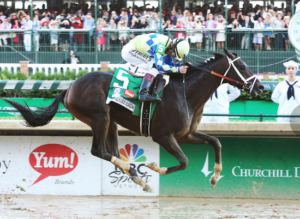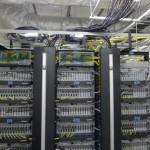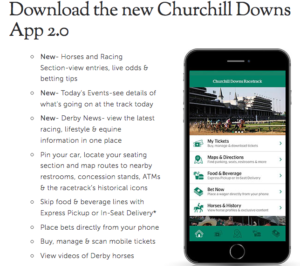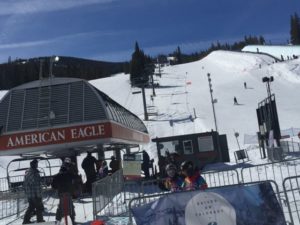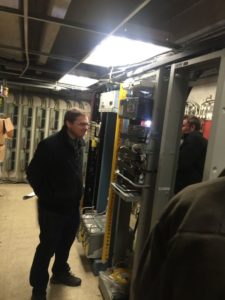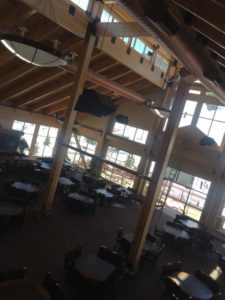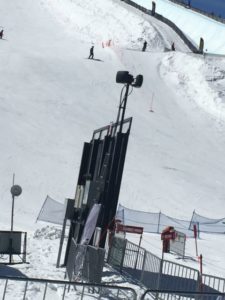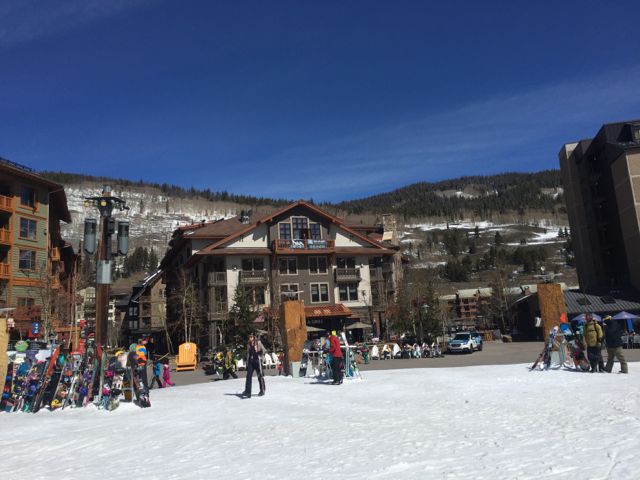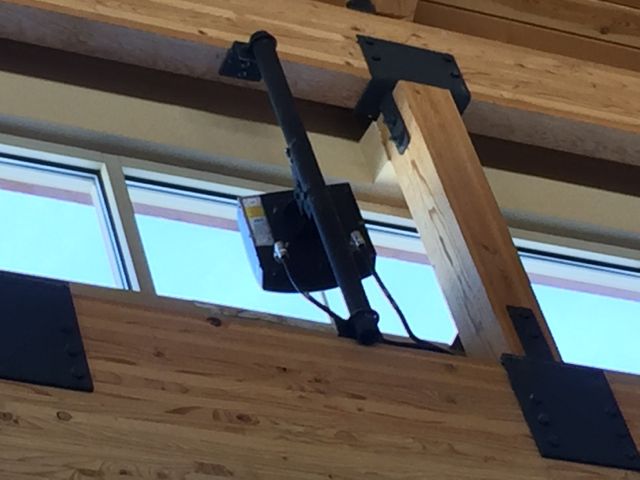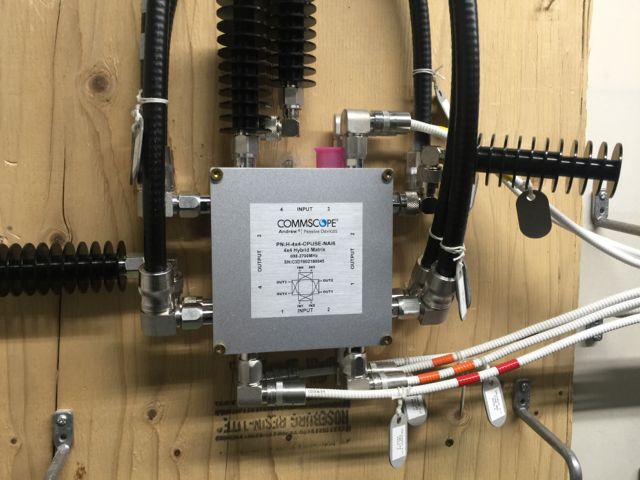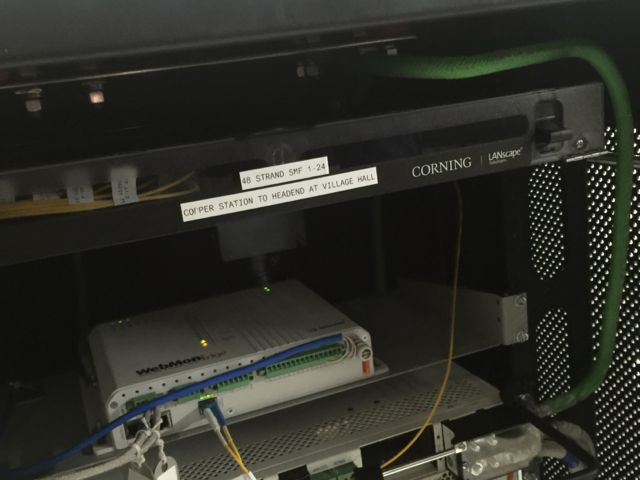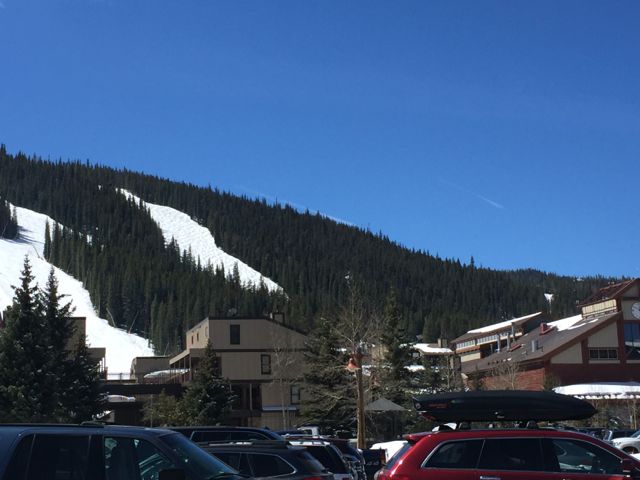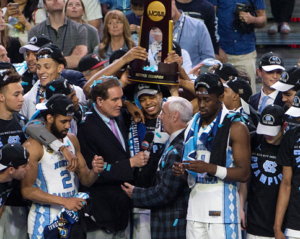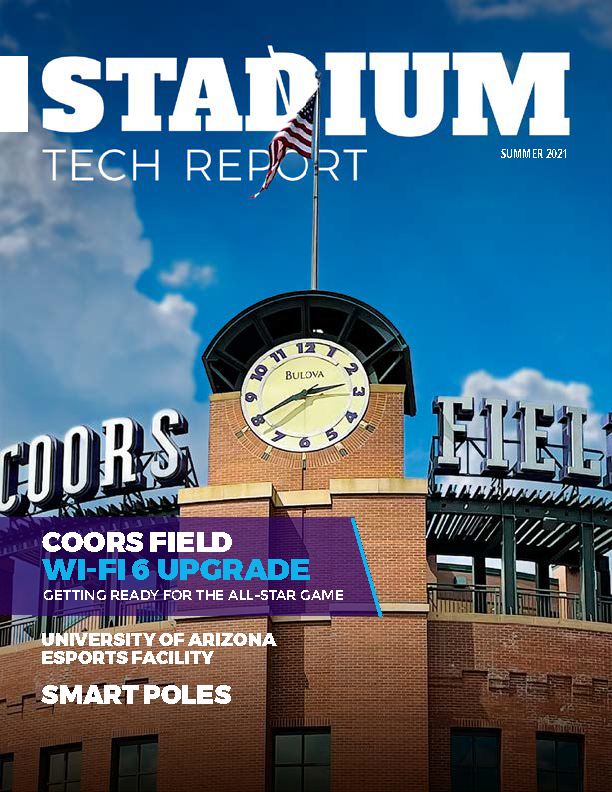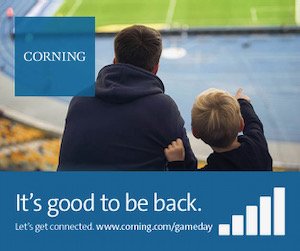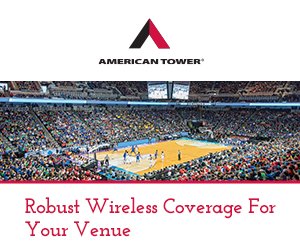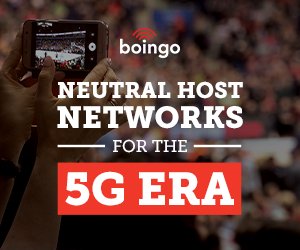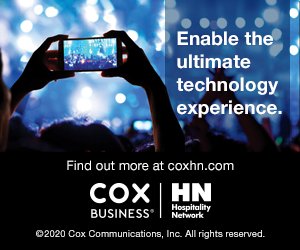Wireless connectivity provider JMA Wireless announced a partnership with UK-based Shared Access aimed at bringing wireless connectivity to stadiums and other large public venues in the United Kingdom, the companies said.
Announced first at the SEAT London conference in April, the partnership does not yet have any announced deals to bring products like JMA’s well-known TEKO DAS platform to stadiums; but with Shared Access already claiming a portfolio of more than 50,000 site locations for potential deployments, some could soon be forthcoming.
According to Shared Access, it operates as a sort of neutral third-party host, “an independent owner and operator of shared wireless communications infrastructure, leasing space on our sites to different Mobile Network Operators,” according to the company’s website. Shared Access also says it develops wireless deployments co-located with stadium lighting systems.
“We are thrilled to be partnering with an innovative infrastructure provider, such as Shared Access, to build on our leadership position in the smart stadium movement,” said Todd Landry, corporate vice president of product and market strategy at JMA Wireless, in a prepared statement. “Shared Access has significant experience deploying wireless technologies, and we have a joint mission in mind that can benefit clubs everywhere.”
